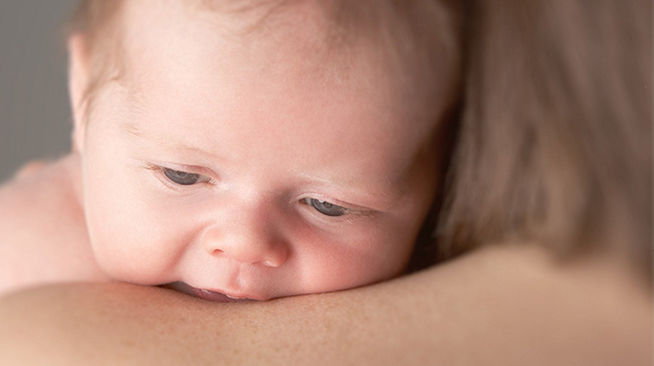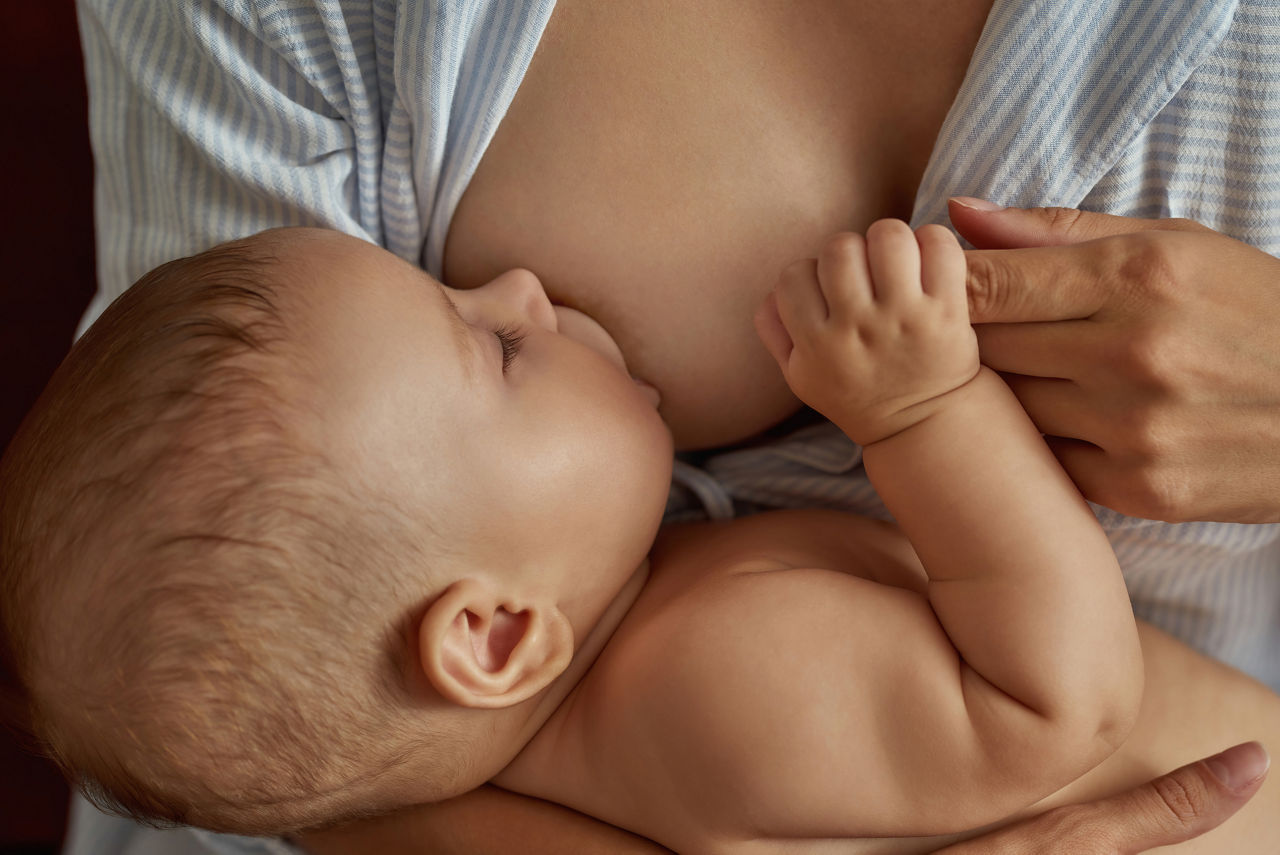Skin to skin
The incredible impact of close contact
This world is a strange and different place for your newborn. Hear from our baby feeding expert, Sue Battersby, on how that amazing first cuddle with your new arrival doesn’t just feel great to you, but impacts their sleep habits, immunity, stress levels and more.







